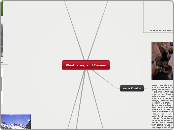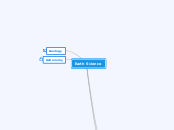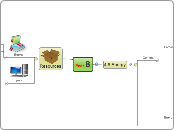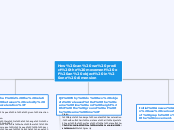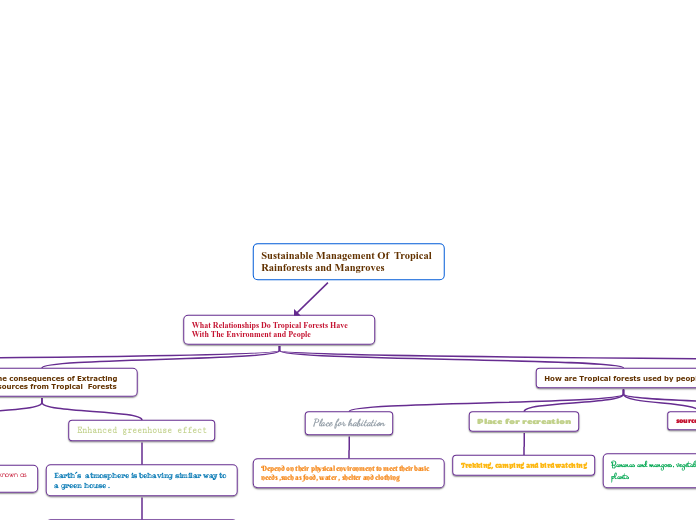作者:Emre Fisher 13 年以前
2253
Weathering and Erosion
Coastal erosion is largely driven by wave activity, which shapes landscapes through impact and abrasion. Headlands, formed from resistant rock, protrude into the ocean, while beaches and spits are created by the deposition of sediments transported by long shore drift.
